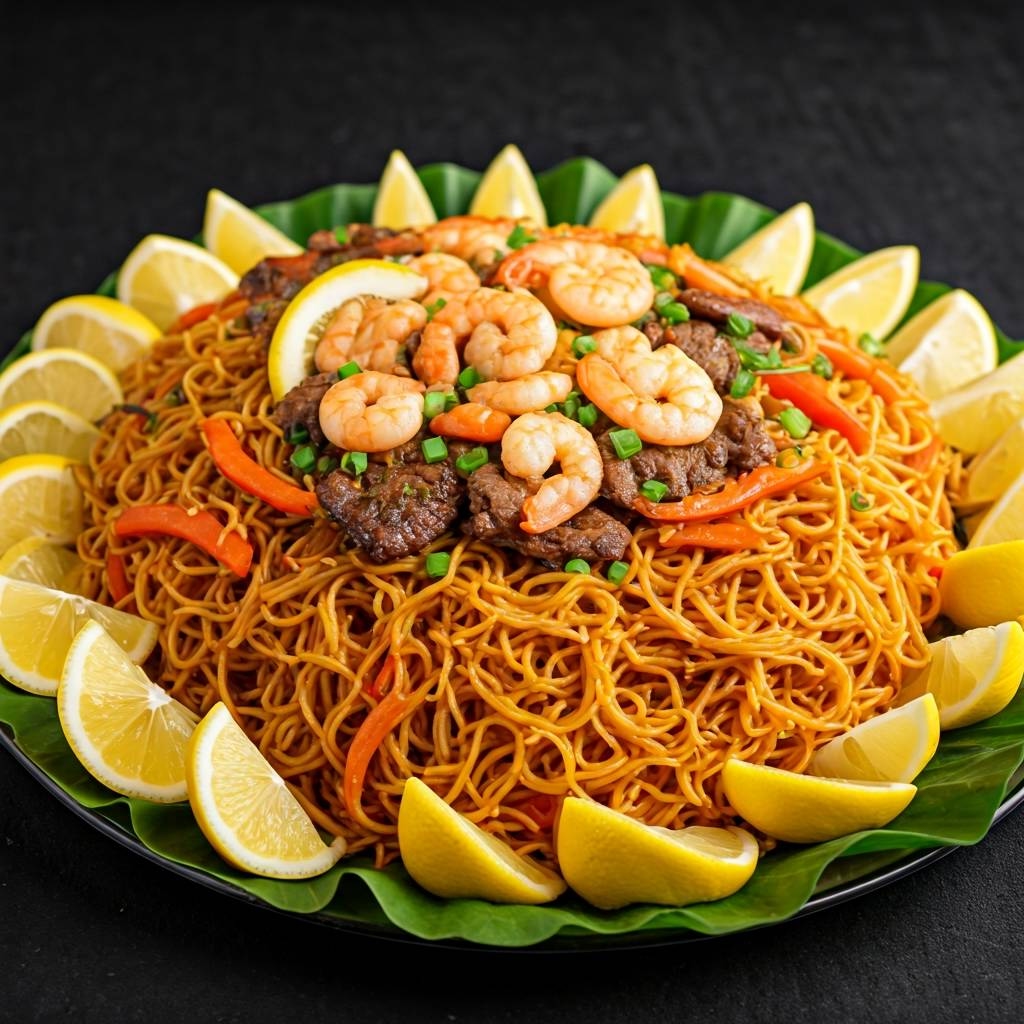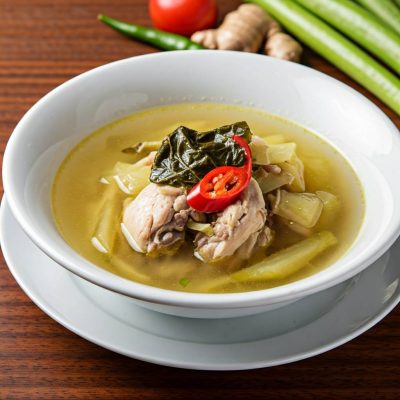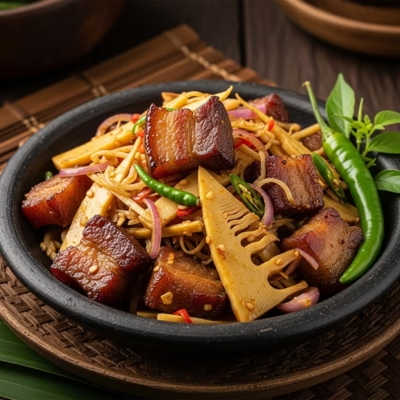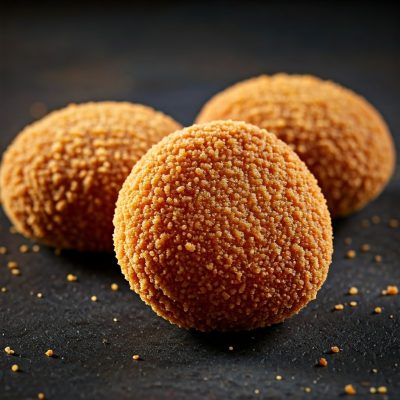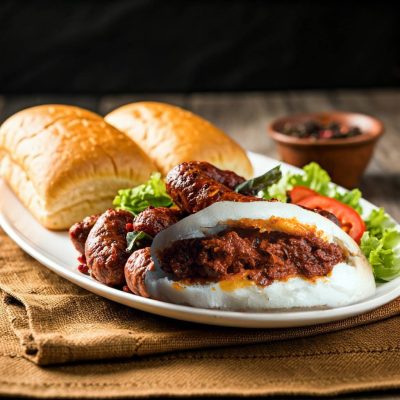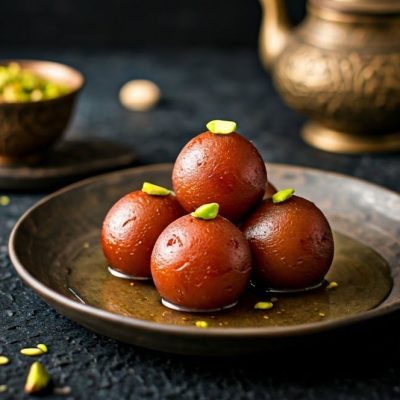Ingredients
- 8 oz (225g) bihon rice noodles
- 2 tbsp cooking oil
- 3 cloves garlic, minced
- 1 onion, sliced
- 1/2 lb (225g) chicken breast or thigh, sliced thinly
- 1/2 cup carrots, julienned
- 1/2 cup cabbage, sliced thinly
- 1/2 cup green beans or snow peas (optional)
- 2 tbsp soy sauce
- 1 tbsp oyster sauce (optional but adds flavor)
- 1 1/2 cups chicken broth or water
- Salt and pepper to taste
- Calamansi or lemon wedges for serving
Directions
Pancit Bihon is one of the most beloved and iconic dishes in Filipino cuisine, often enjoyed during celebrations, family gatherings, and everyday meals. The term “pancit” broadly refers to noodle dishes introduced to the Philippines by Chinese immigrants, and bihon specifically means thin rice noodles. This dish features delicate, translucent rice noodles stir-fried with savory chicken, fresh vegetables like carrots, cabbage, and green beans, and a flavorful combination of soy sauce and oyster sauce.
What makes Pancit Bihon special is its balance of textures and flavors — tender yet slightly chewy noodles, juicy chicken, and crisp vegetables, all enhanced by aromatic garlic and onions. Traditionally, Pancit is served during birthdays and special occasions as a symbol of long life and good fortune, making it a dish that carries cultural significance beyond just taste.
Despite its festive status, Pancit Bihon is surprisingly quick and easy to prepare, making it a go-to comfort food for many Filipino households. It is highly versatile, allowing cooks to customize ingredients by adding shrimp, pork, or different vegetables depending on availability and preference.
Whether served as a main dish or a side, Pancit Bihon never fails to bring warmth, nostalgia, and a burst of savory flavor to the dining table. Its enduring popularity is a testament to its delicious simplicity and cultural importance in Filipino food heritage.
📌 Note: Pancit Bihon is cooked on the stovetop, so the focus is on heat level rather than oven temperature. Use medium heat to sauté and simmer without burning the ingredients.
Here’s an estimated Nutrition Facts breakdown per serving (based on 6 servings):
| Nutrient | Amount (approx.) |
| Calories | 250–300 kcal |
| Protein | 18–22 g |
| Carbohydrates | 30–35 g |
| Fat | 6–8 g |
| Saturated Fat | 1–2 g |
| Fiber | 3–4 g |
| Sodium | 600–800 mg |
| Sugar | 2–4 g |
Disclaimer: Nutrition information is an estimate and may vary based on ingredient brands, portion sizes, and preparation methods. Please consult a nutritionist for specific dietary advice.
Steps
1 Done | Soak the noodlesSoak bihon noodles in warm water for about 10–15 minutes or until softened. Drain and set aside. |
2 Done | Sauté the aromaticsHeat oil in a large pan or wok. Sauté garlic and onion until fragrant and translucent. |
3 Done | Cook the chickenAdd the sliced chicken and cook until lightly browned and cooked through. |
4 Done | Add the vegetablesAdd carrots, cabbage, and green beans. Stir-fry for about 2–3 minutes until slightly tender but still crisp. |
5 Done | Add liquids and noodlesPour in the chicken broth, soy sauce, and oyster sauce. Bring to a simmer. Add the soaked noodles and gently toss until the noodles absorb the liquid and are fully cooked. |
6 Done | SeasonTaste and adjust with salt and pepper if needed. |
7 Done | ServeTransfer to a serving platter and garnish with calamansi or lemon wedges. Serve hot! |
8 Done | ✅ TipsDon’t overcook the noodles — they should be firm but tender. This dish is often tossed with flavorful toppings such as fish balls, cabbage, carrots, Chinese sausage, quail eggs, and shrimp, adding extra texture and taste. Add fish sauce (patis) for an extra umami kick, if desired. |

